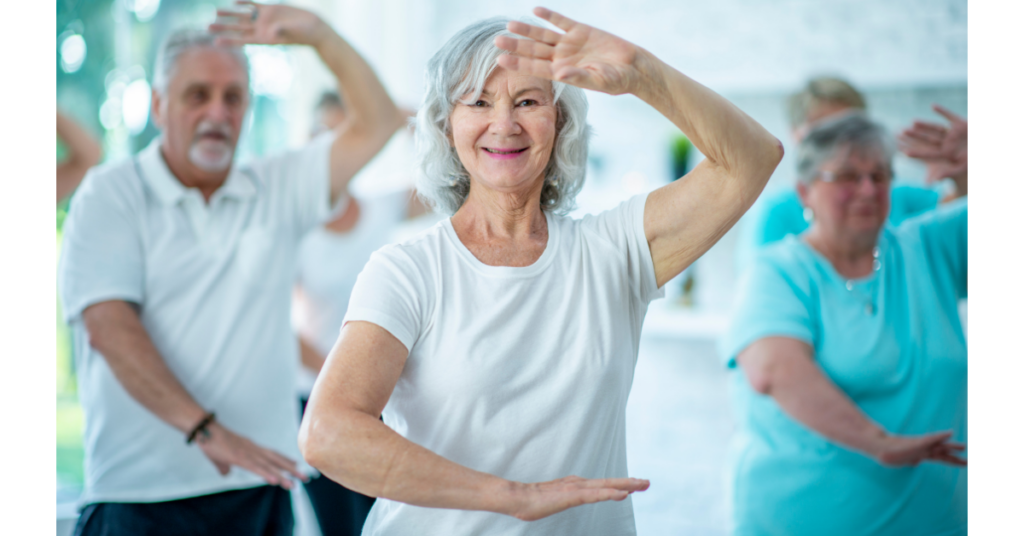Parkinson’s and Practice: Tai Chi training yields positive results
Groundbreaking research into the effects of long-term Tai Chi training on motor symptoms in Parkinson’s Disease has yielded positive results, suggesting that regular practice can improve motor function for sufferers, especially in gait and balance.
Research published by Gen Li, et al in February 2022 shows that Tai Chi practice improves motor symptoms in Parkinson’s disease, but its long-term effects and the related mechanisms remain to be elucidated. The effects of long-term Tai Chi training on motor symptoms in Parkinson’s Disease and the underlying mechanisms were investigated.
The article, entitled Mechanisms of motor symptom improvement by long-term Tai Chi training in Parkinson’s disease patients, is included here:
Methodology
A total of 95 early-stage Parkinson’s Disease patients were enrolled and randomly divided into Tai Chi (n = 32), brisk walking (n = 31), and no-exercise (n = 32) groups. At baseline, 6 months and 12 months during one-year intervention, all participants underwent motor symptom evaluation by Berg balance scale (BBS), Unified Parkinson’s Disease rating-scale (UPDRS), Timed Up and Go test (TUG) and 3D gait analysis, functional magnetic resonance imaging (fMRI), plasma cytokine and metabolomics analysis, and blood Huntingtin interaction protein 2 (HIP2) mRNA level analysis. Longitudinal self-changes were calculated using repeated measures ANOVA. Generalized estimating equations (GEE) was used to assess factors associated with the longitudinal data of rating scales. Switch rates were used for fMRI analysis. False discovery rate correction was used for multiple correction.
Results
Participants in the Tai Chi group had better performance in BBS, UPDRS, TUG, and step width. Furthermore, Tai Chi was advantageous over brisk walking in improving BBS and step width. The improved BBS was correlated with enhanced visual network function and downregulation of interleukin-1β. The improvements in UPDRS were associated with enhanced default mode network function, decreased L-malic acid and 3-phosphoglyceric acid, and increased adenosine and HIP2 mRNA levels. In addition, arginine biosynthesis, urea cycle, tricarboxylic acid cycle and beta oxidation of very-long-chain fatty acids were also improved by Tai Chi training.
Conclusions
Long-term Tai Chi training improves motor function in Parkinson’s Disease, especially gait and balance. The underlying mechanisms may include enhanced brain network function, reduced inflammation, improved amino acid metabolism, energy metabolism and neurotransmitter metabolism, and decreased vulnerability to dopaminergic degeneration.
Trial registration
This study has been registered at Chinese Clinical Trial Registry (Registration number: ChiCTR2000036036; Registration date: August 22, 2020).
References
Li G, Huang P, Cui SS, Tan YY, He YC, Shen X, Jiang QY, Huang P, He GY, Li BY, Li YX, Xu J, Wang Z, Chen SD. Mechanisms of motor symptom improvement by long-term Tai Chi training in Parkinson’s disease patients. Transl Neurodegener. 2022 Feb 7;11(1):6. doi: 10.1186/s40035-022-00280-7. PMID: 35125106; PMCID: PMC8819852.

